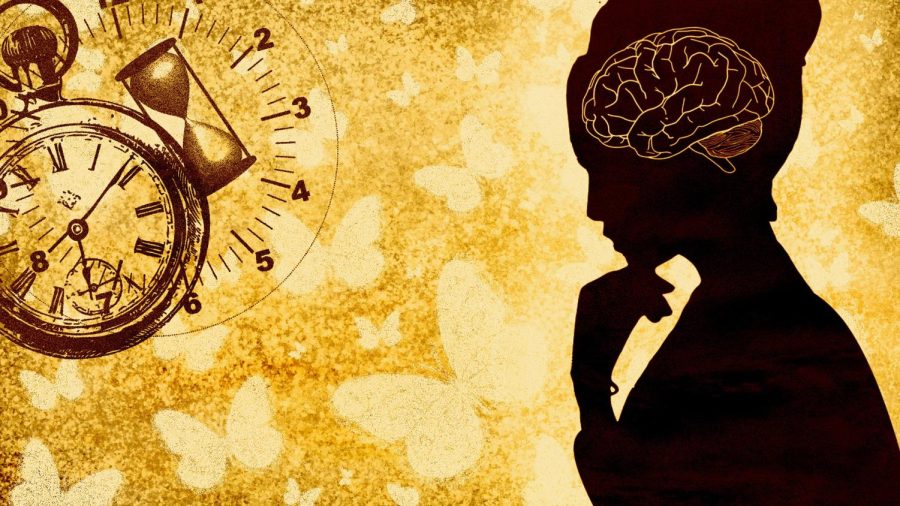California health classes now require more expansive teaching on mental health amidst decline in high schoolers’ well being
February 1, 2022
Senate Bill 224 went into effect in January, requiring all California middle and high school health classes to include mental health in the curriculum.
By January 2023, the Department of Education is required to incorporate the new topics into the state standards, and school districts will be teaching the new material by the following January.
According to Rio Americano Health teacher Vicky Warren, these standards are vital to ensure consistency between educators.
“The current curriculum is extremely outdated.” says Warren.” The district is currently piloting new Health textbooks, which is long overdue. Most health teachers have relied on supplemental materials for the last several years to compensate for the outdated text. The real issue is that there is a lack of consistency without a reliable, vetted curriculum. One teacher may choose to cover some aspects of mental health that they feel are important and another teacher may choose other topics. A consistent, board-adopted curriculum will ensure all students receive comprehensive mental health education.”
However, some educators worry about the increasing volume of material that must be crammed into a single semester, and the demands this places on health teachers.
“We already have mandates for CPR instruction and comprehensive sexual health. We need to cover nutrition, tobacco, alcohol, and other drugs as well,” says Warren. “I worry that a mandated curriculum could be based on unrealistic time expectations. I don’t think we’re going to solve any student’s
mental health crisis through instruction in the health class, but hopefully it will help students be more aware of their own mental health and those around them and that they will be empowered with access to resources so they can advocate for themselves and others.”
The new curriculum will not only require mental health education for classes that did not already include it, it will expand upon any existing mental health curriculums. New standards will teach students how to spot and intervene in a mental health crisis; the impact of race, ethnicity and culture on mental health; and the defining characteristics of serious mental health conditions such as bipolar disorder, post-traumatic stress disorder, eating disorders and schizophrenia.
Students seem to think this would be beneficial.
“I think that more serious mental health conditions should be discussed in health class because a lot of them are super misunderstood,” said Rio senior Zoe Buck, who took Health last semester.
Rio senior Hannah Lee, who took Health as a freshman, seems to be in agreement.
“I do think teaching more about the serious conditions such as schizophrenia, bipolar disorder, OCD, eating disorders, PTSD, etc. would be so helpful and important for students to be educated on,” she said.
Warren says these topics should be approached with caution.
“Covering conditions like eating disorders, depression, and suicide can be very tricky,” she said. “These topics can be triggering and upsetting to some students who are already struggling. Leaving this out of instruction is not really an option though either. With regards to these, and other conditions like OCD, PTSD, schizophrenia I think the most helpful thing we can teach students is identifying signs and symptoms and accessing reliable resources for help.”
The bill cites the effectiveness of mental health education in reducing stigma surrounding mental health issues, while encouraging awareness and seeking out help.
It also mentions the vast numbers of Californians, particularly adolescents, that struggle with mental health issues.
This struggle has been greatly exacerbated by the two-year period of isolation and uncertainty caused by COVID-19, evidenced by a national 24 percent increase in mental-health-related hospital visits for children ages 5-11, and a 31 percent increase for ages 12-17 between March and October 2020. Visits for suspected suicide attempts increased by 50 percent among teenage girls 12-17 early in 2021 compared to early 2019.
“The most significant change I have noticed in students’ mental health over the course of the pandemic has to do with a decline in social skill,” Warren says. “Students seem more withdrawn and less interested in engaging with each other and their teachers. In general, the energy level feels low. This could be result of underlying mental health concerns of just a generalized fatigue from the constant changes, disappointments, and fear of the unknown. We’re all tired.”


